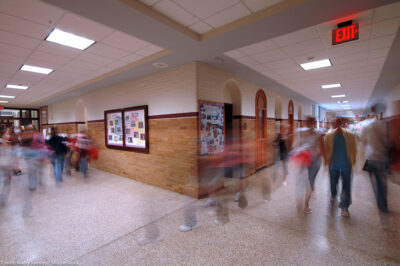
By Dr. A. Scott Henderson
Dr. A. Scott Henderson is a former secondary social studies teacher who is now a professor of education at Furman University. His blog is part of this week’s “Religious Freedom Goes to School” blog series. Share your story about religious freedom in South Carolina’s public schools by reporting potential religious freedom violations to us.
When I was a first-year teacher, I had the opportunity to tutor an eighth-grade boy (I’ll call him “John”) who had recently moved to the United States from India. We spent an hour together each day for an entire school year. During that time I got to know John pretty well.
One day after we had finished going over John’s assignments, we began talking about his life in India. He shared with me that he and his family were Sikhs. Among other practices, many devout Sikhs keep their hair unshorn. I was saddened to learn, however, that John’s father had decided that John and his brother would have to cut their hair in order to keep from being constantly teased in school. John never really got over having to wear his hair short to avoid ridicule (or worse) from his classmates.
While the issue of hair length may seem trivial to non-Sikhs, the recent murder of six Sikhs in Oak Creek, Wisconsin, illustrates that respect for all religions is a very serious matter. We often forget that an important part of religious freedom is the acceptance—or, better yet, the celebration—of religious diversity. In many American public schools, Christianity is considered the default religion, with all other faith traditions (or the lack thereof) being considered deviations from the norm. So, for example, parents, students, and even some teachers see nothing wrong with prayers in school, as long as they are Christian prayers.
We can and should remain vigilant in protecting religious freedom, which includes observing the separation of church and state, and—as my experience with John demonstrates—the need to make sure that people of all faiths, or no faith at all, are respected in our public schools.
Learn more about religious freedom in public schools: Sign up for breaking news alerts, follow us on Twitter, and like us on Facebook.


